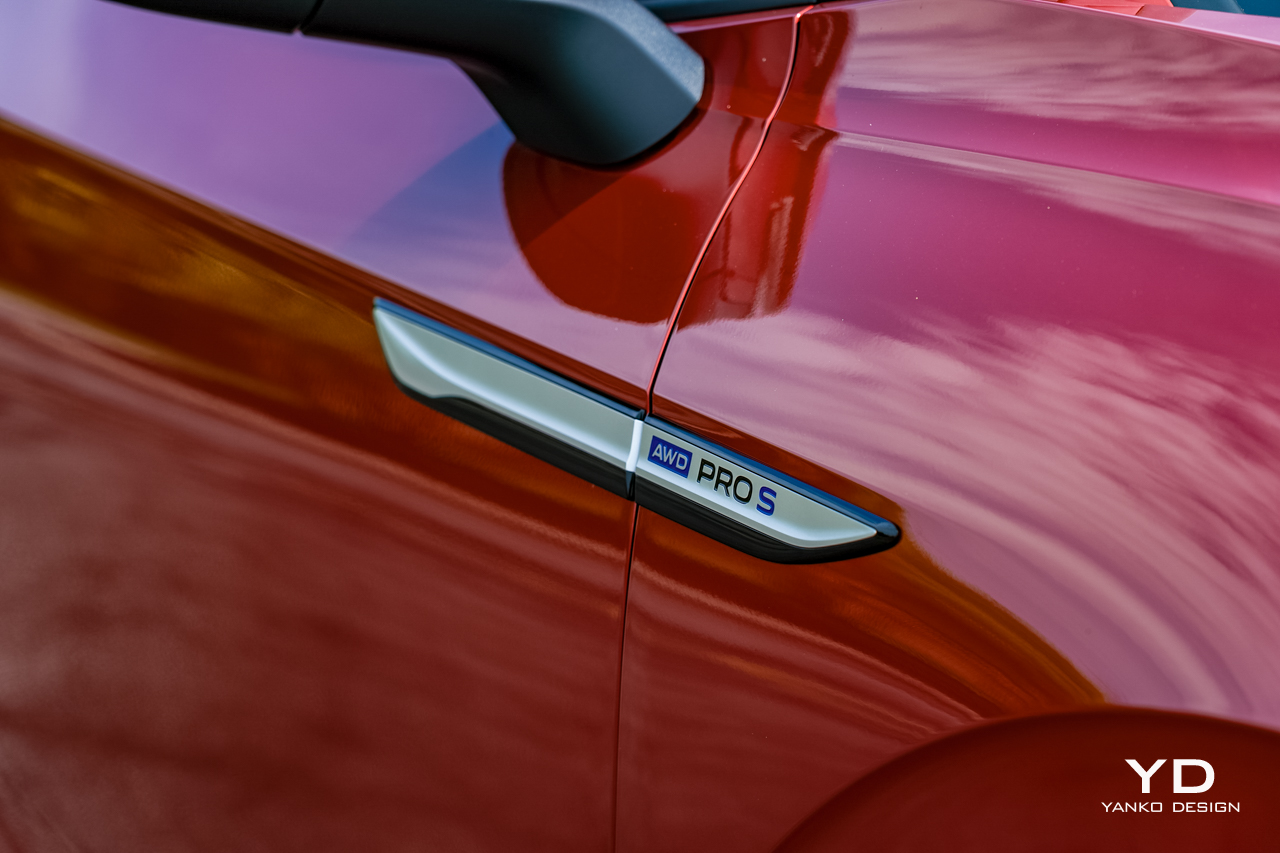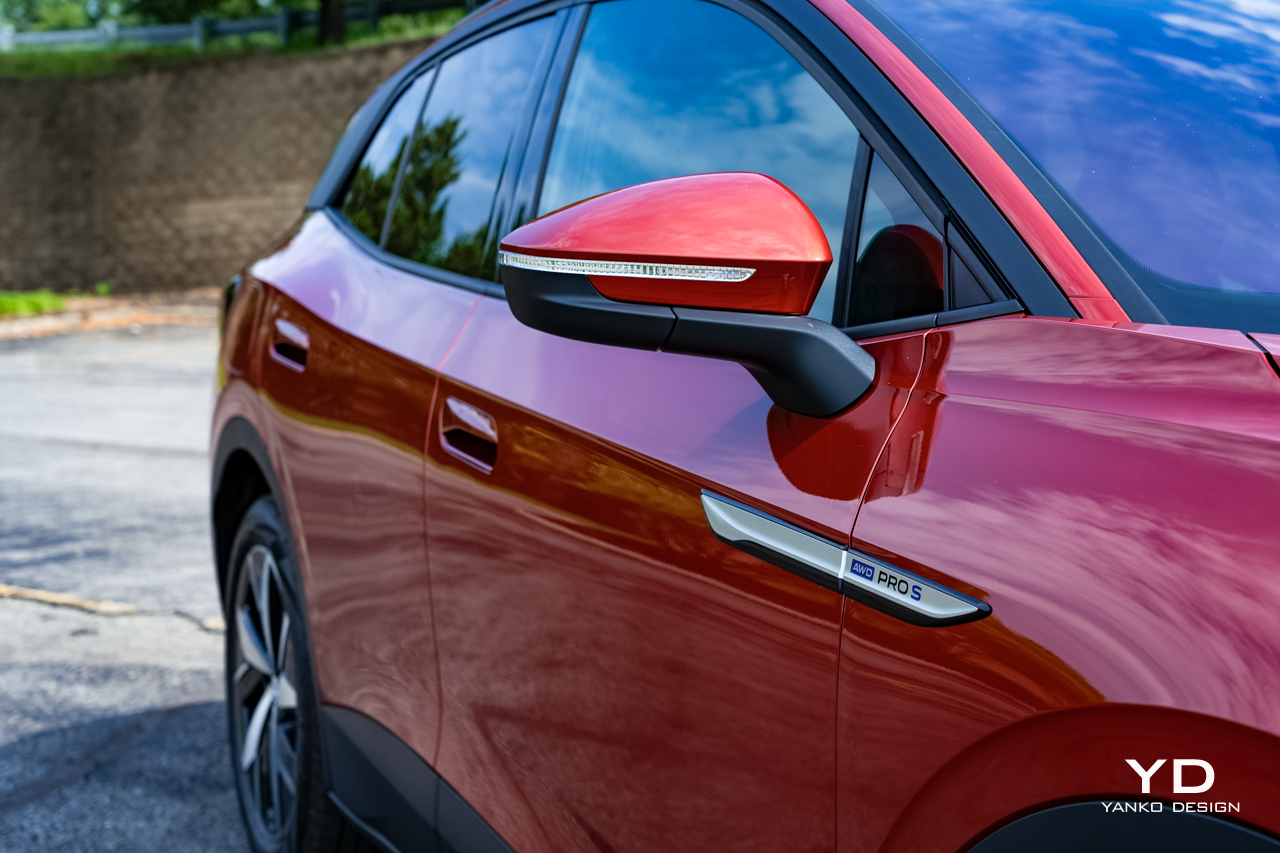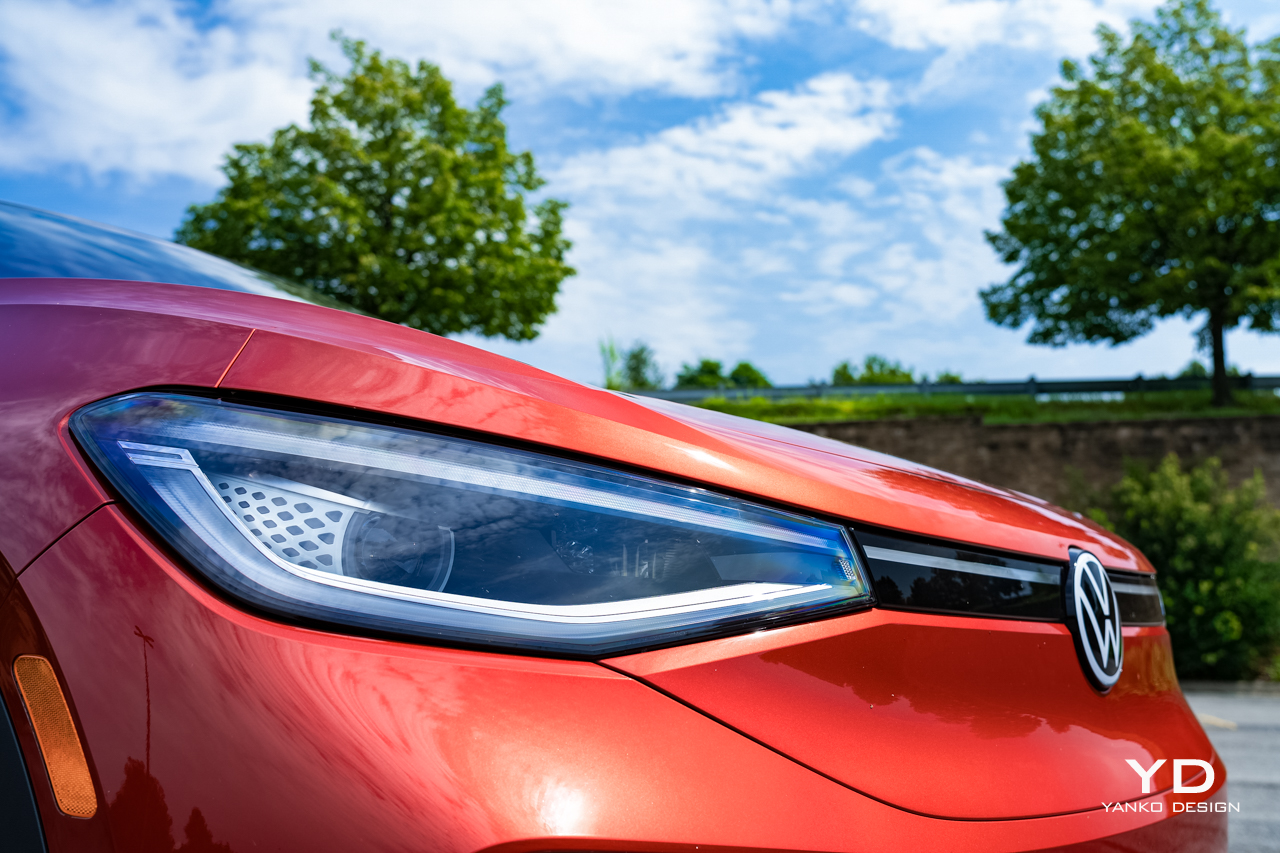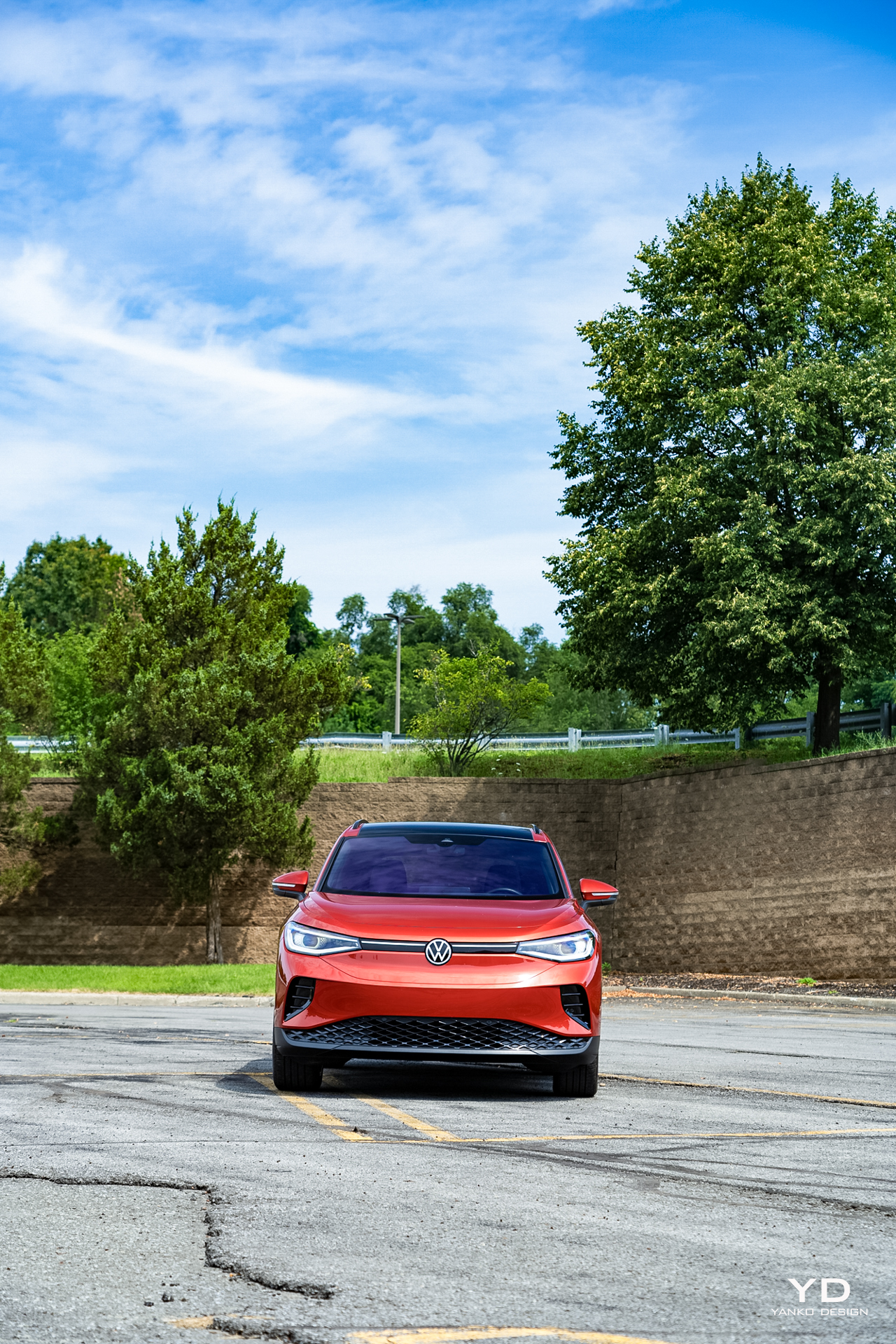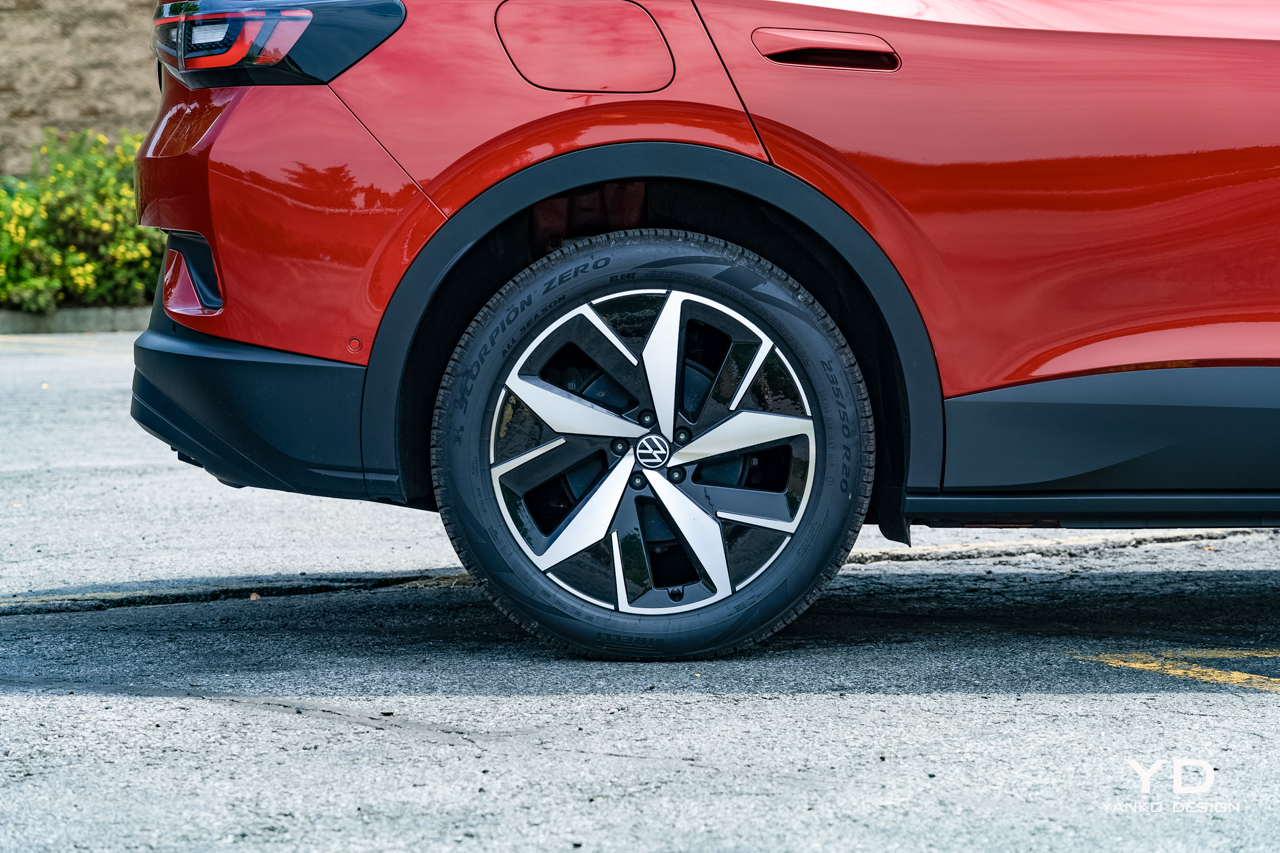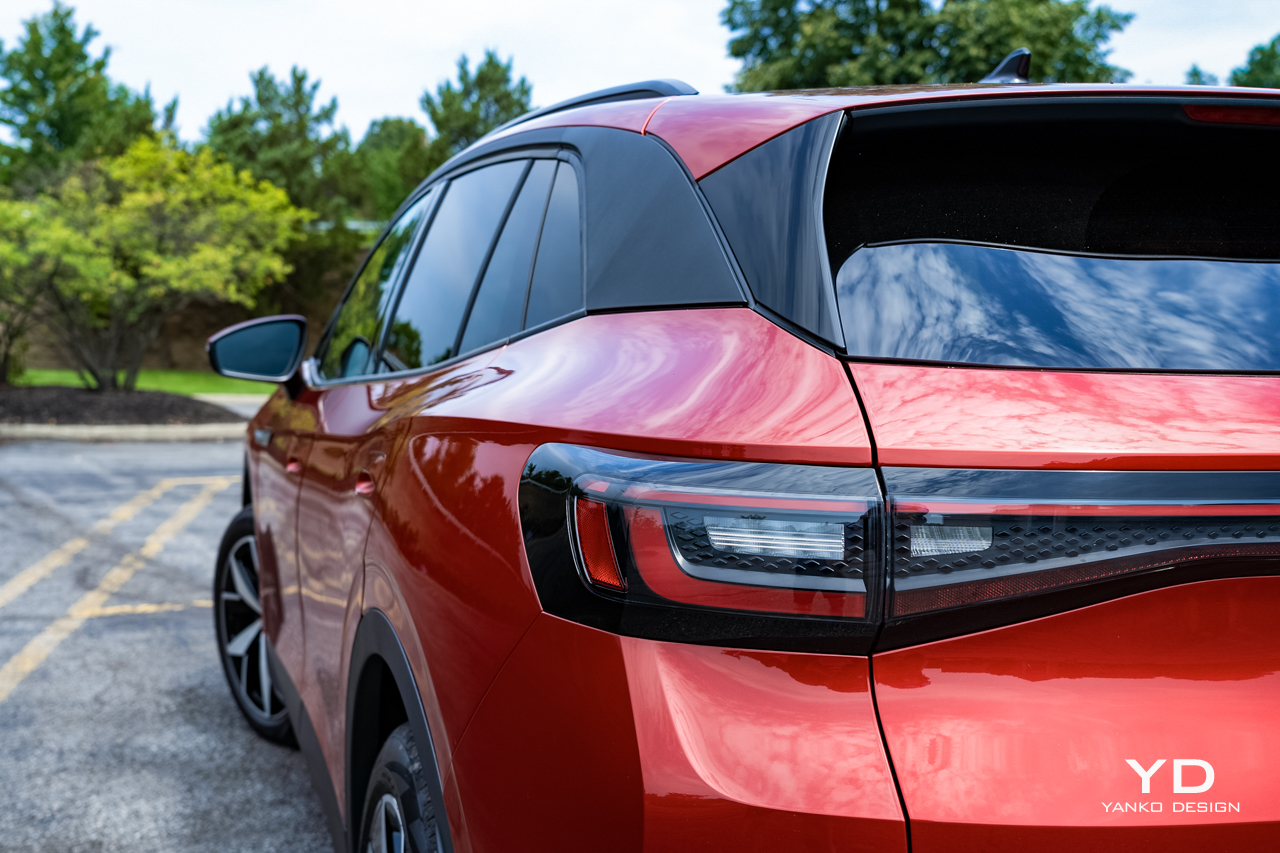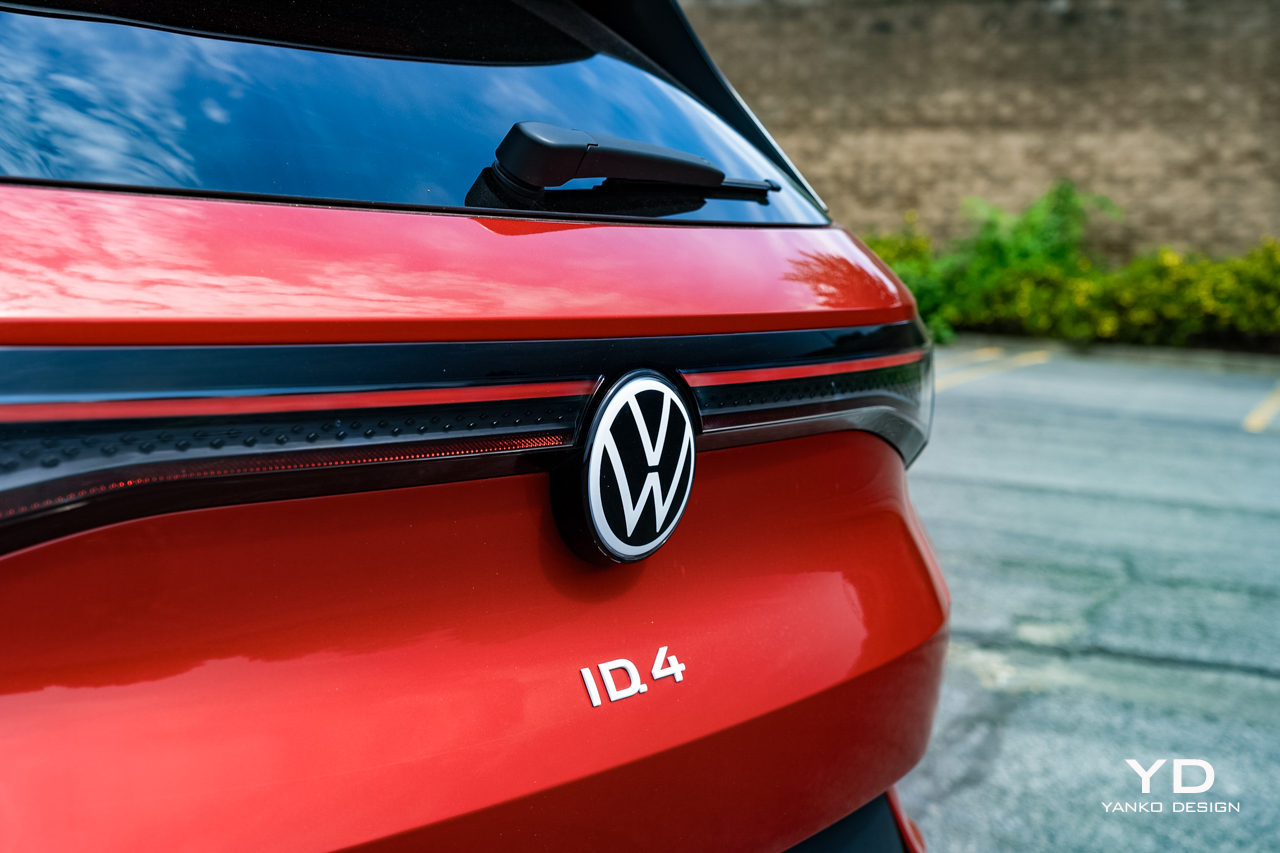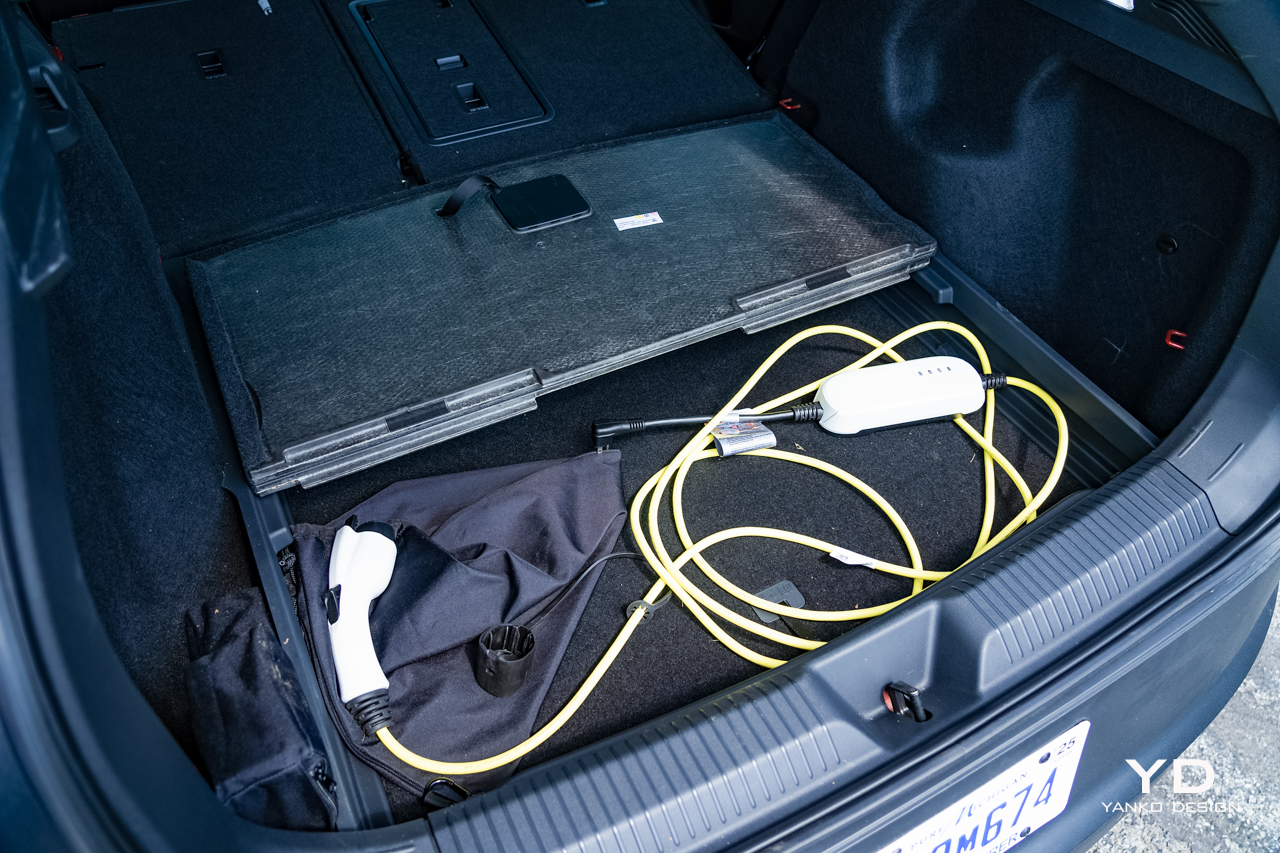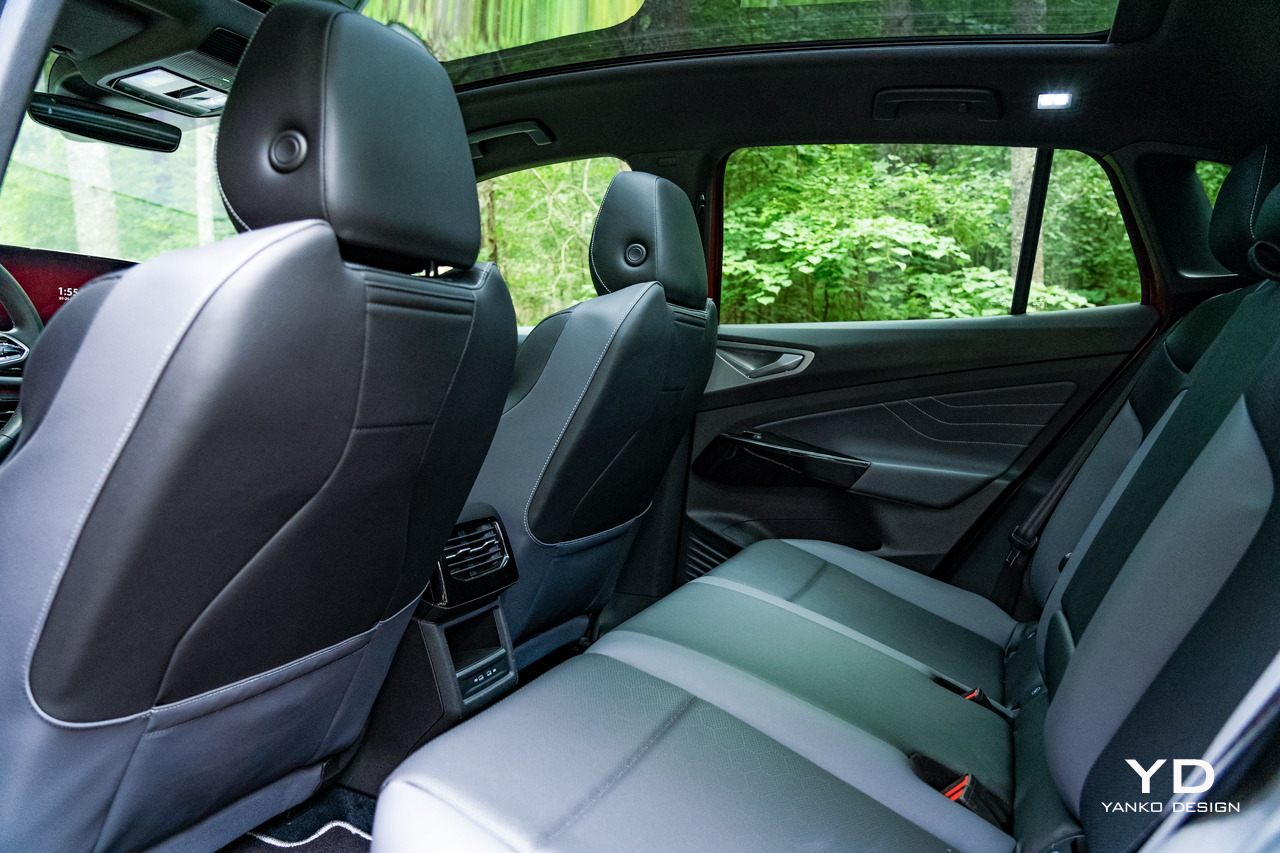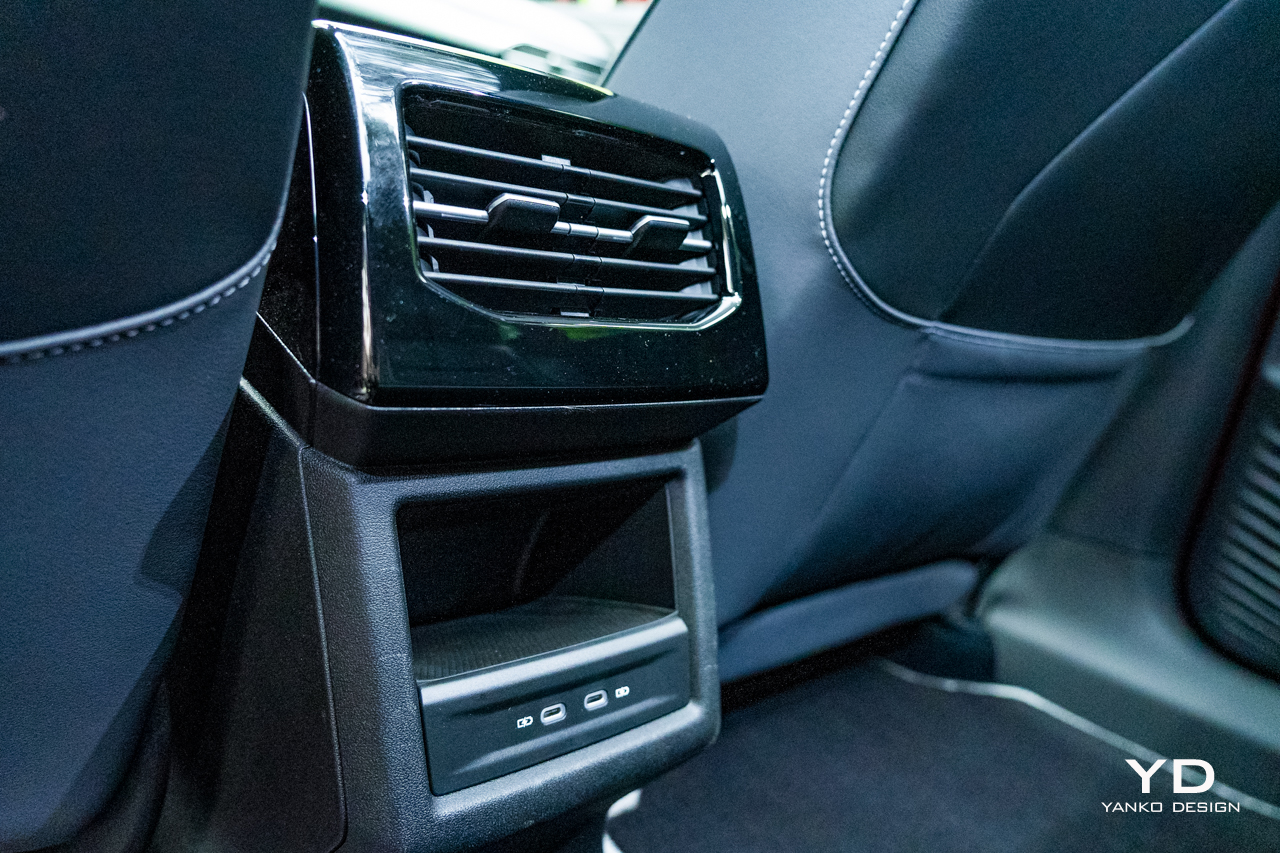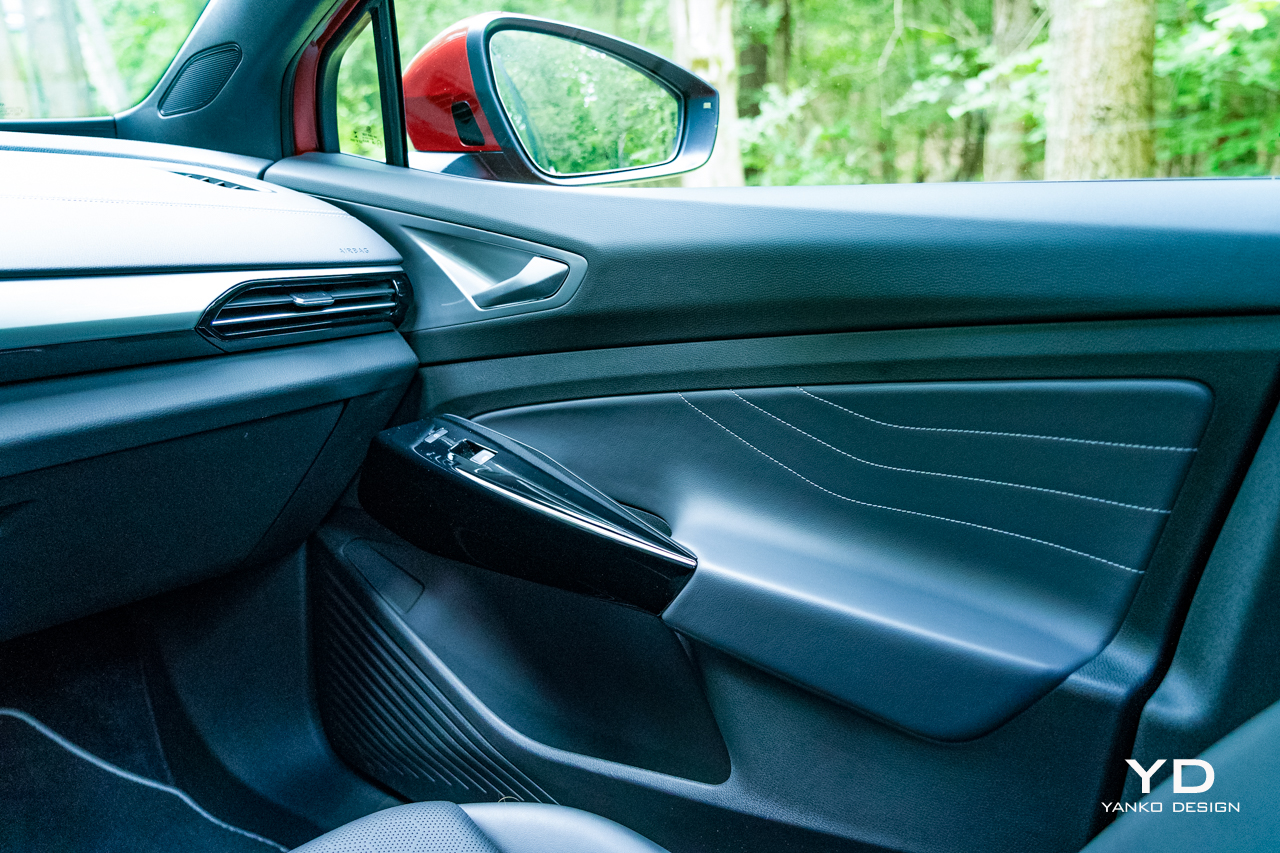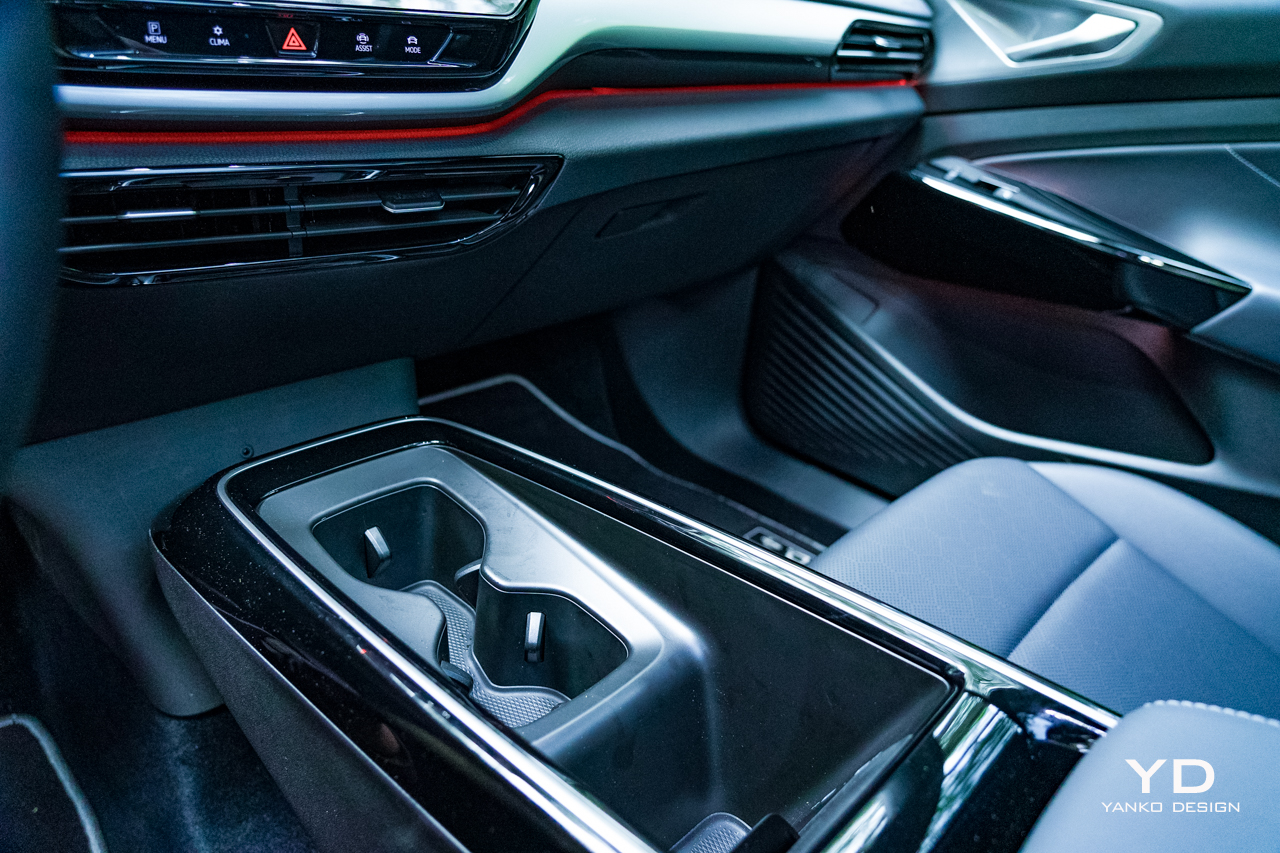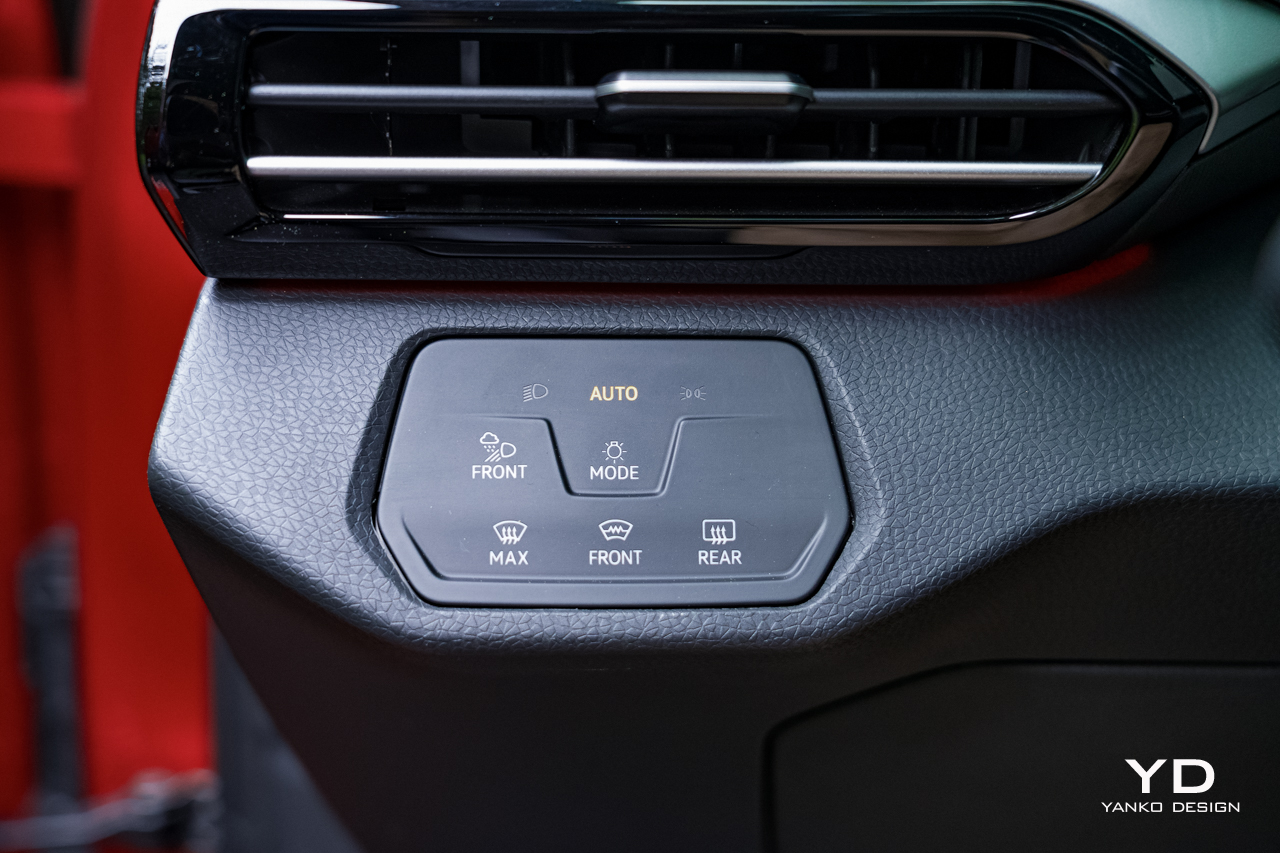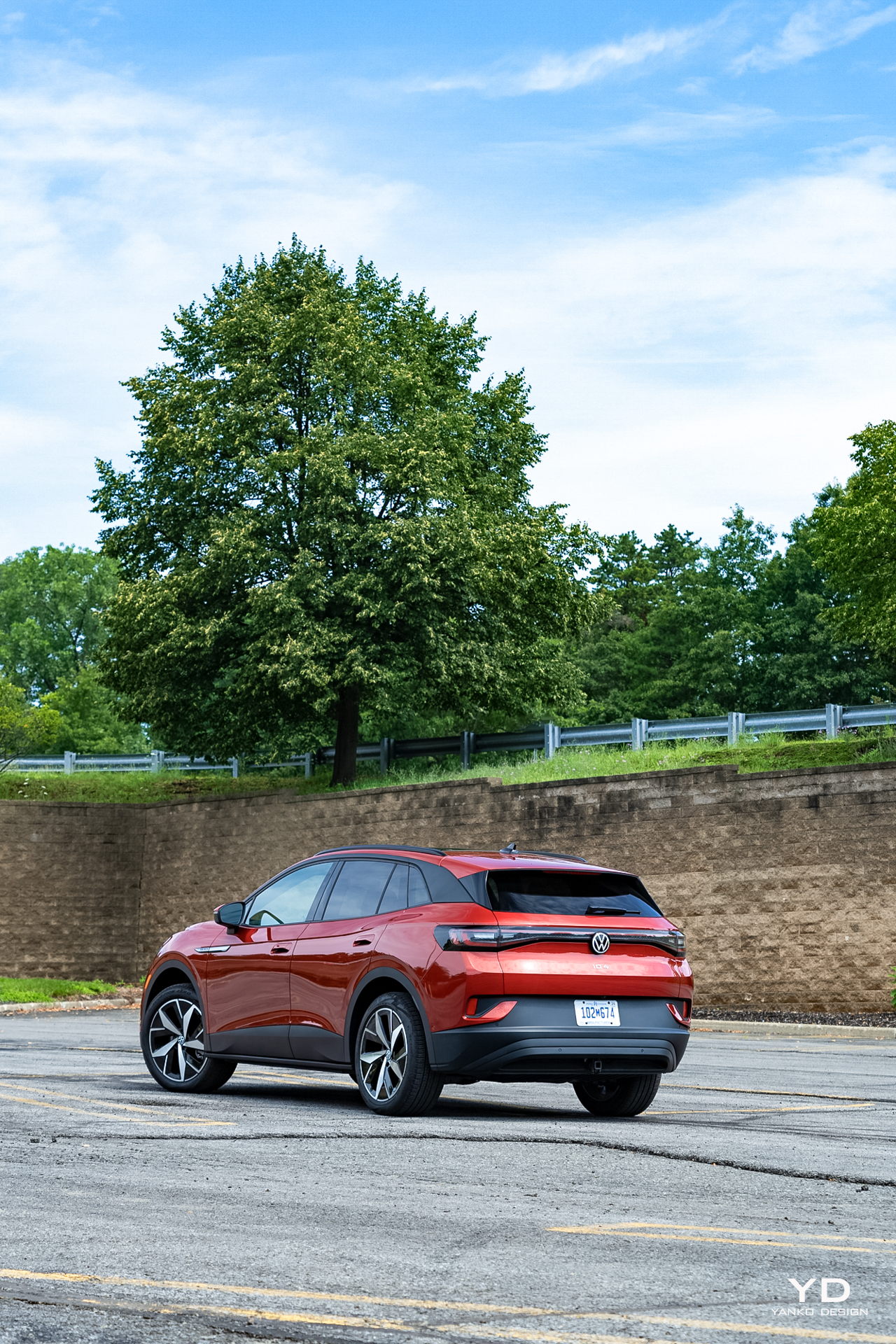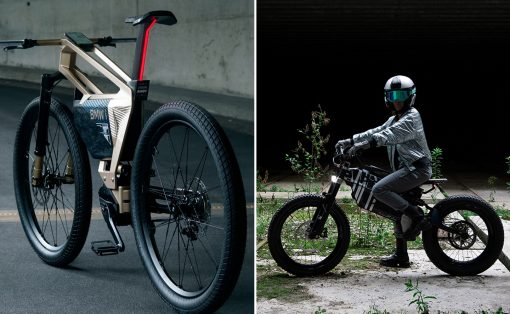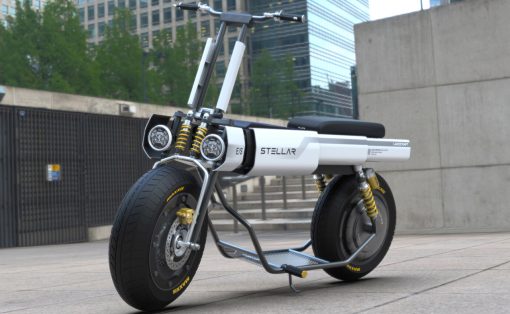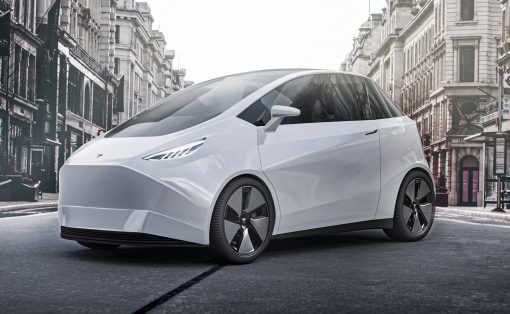
PROS:
- Good range and power
- Wide open interior
- Improved performance
CONS:
- Over-reliance on touch surfaces
- Monotone interior design
- Overly conservative stability control
It’s always interesting to watch cars as they evolve on the market. Some stay stagnant before they eventually just sort of fade away. Others, usually products deemed to be of particular significance by their respective manufacturers, see significant updates and improvements over the course of their lives.
As part of the opening salvo of Volkswagen’s EV onslaught on the global market, the ID.4 is certainly a significant car, one that landed to satisfying but hardly glowing reviews. The next step, the Pro S, is here to add a little more: more range, specifically, but more performance and more responsiveness, too. Is it enough to elevate the perspective of this humble EV?

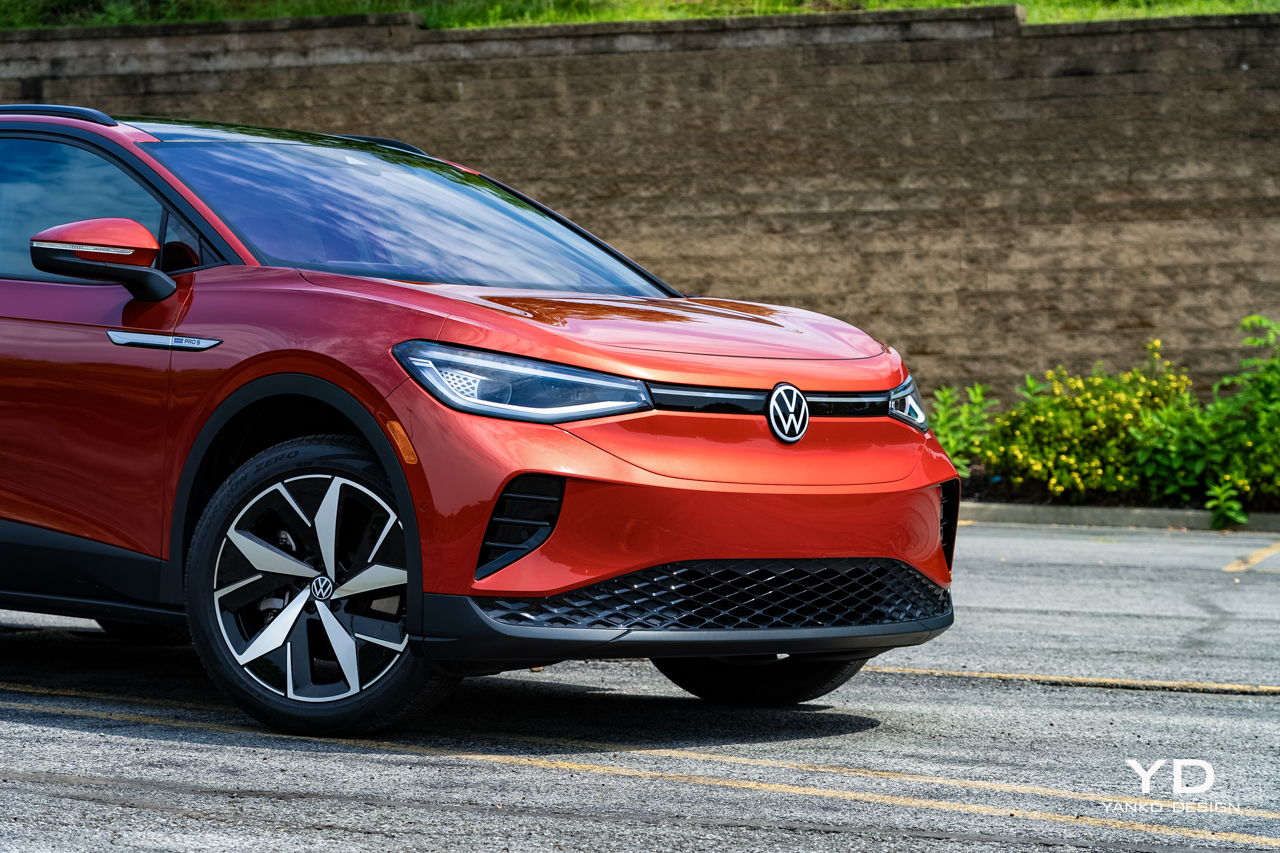
Design
Visually, not a lot has changed about the ID.4 from the initial version that premiered in late 2020, released to international markets in the following year. It’s the same, tall, upright, deceptively large shape — offering similar cargo capacity to the larger Tiguan SUV.
The biggest change is hidden in the floor of the thing: a larger, 82-kilowatt-hour battery pack that pushes the AWD Pro S flavor of the ID.4 a total of 255 miles on the EPA test cycle. That’s 46 more miles than the rear-wheel-drive ID.4 Standard model can manage.


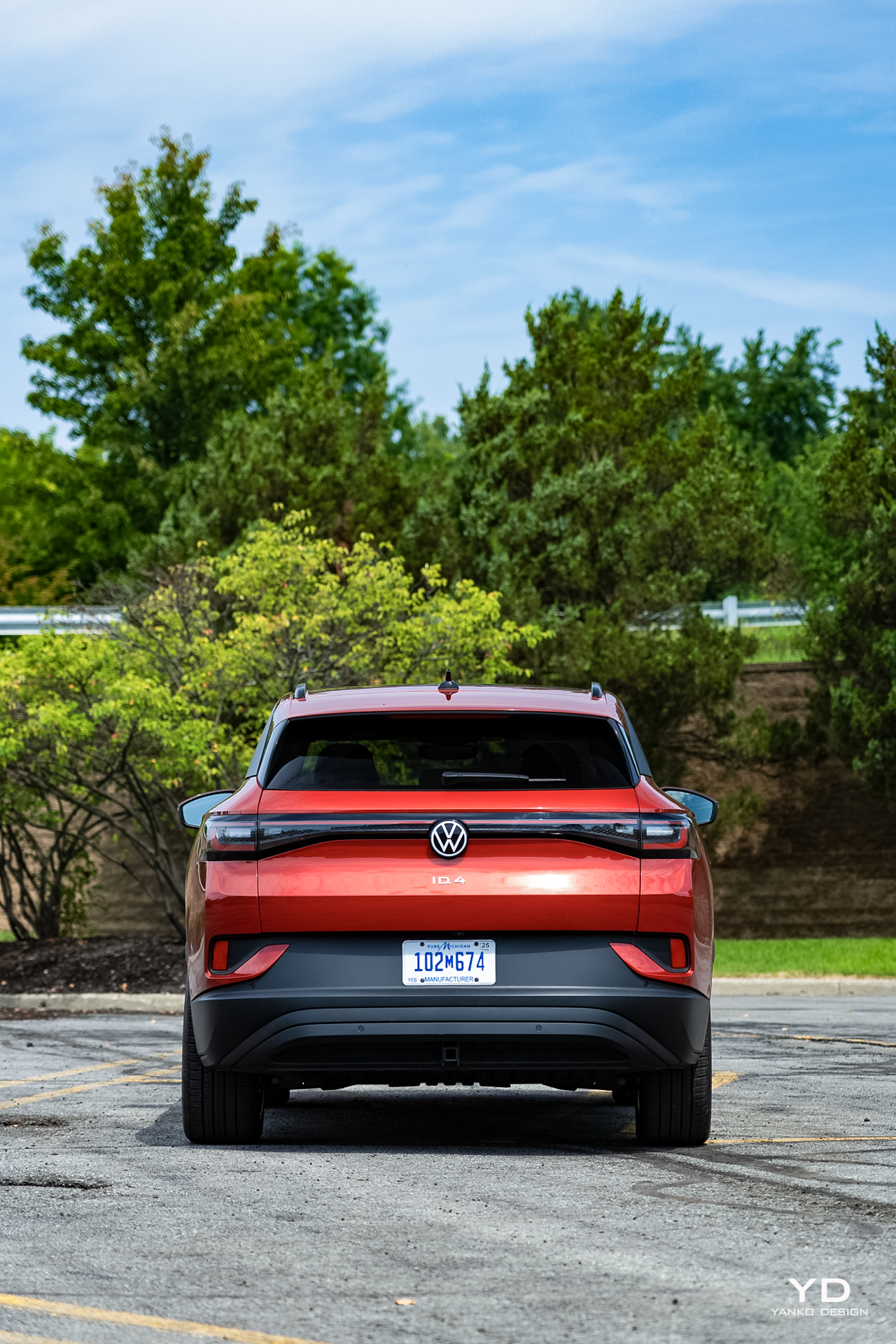
The AWD PRo S quicker, too, much quicker, with 295 horsepower and an estimated 0 – 60 mph time of 5.8 seconds. That’s enough to make it feel like a completely different machine from the generally sedate and calm but comfortable and competent ID.4 Standard.
The overall body shape is still the same, still somewhat shapely but largely anonymous. However, on the Pro S, the creased flares on the rear fenders seem a little more purposeful, somehow. Perhaps it’s just the knowledge that this one has more power to fill them.


On the inside, the story hasn’t changed much. The AWD Pro S you see here was configured with the Galaxy interior (a.k.a. “black”), which adds a bit of a low-rent feel to things. I much prefer the look of the white interior, but that’s not going to fit into everyone’s lifestyle. It’s a shame there isn’t some in-between option that offers both personality and durability.
Only a splash of silver-painted plastic across the center of the dash breaks up the darkness in here, matched by silver handles and three lines of contrasting stitching on each door. Everything else just falls into a sea of dark and darker.
I don’t love the tones, but the materials are generally good, soft-touch plastics and vegan leathers feel good to the hand, and while there’s the obligatory glossy piano black section too, that’s limited, just surrounding the arm rest and generously sized center console.
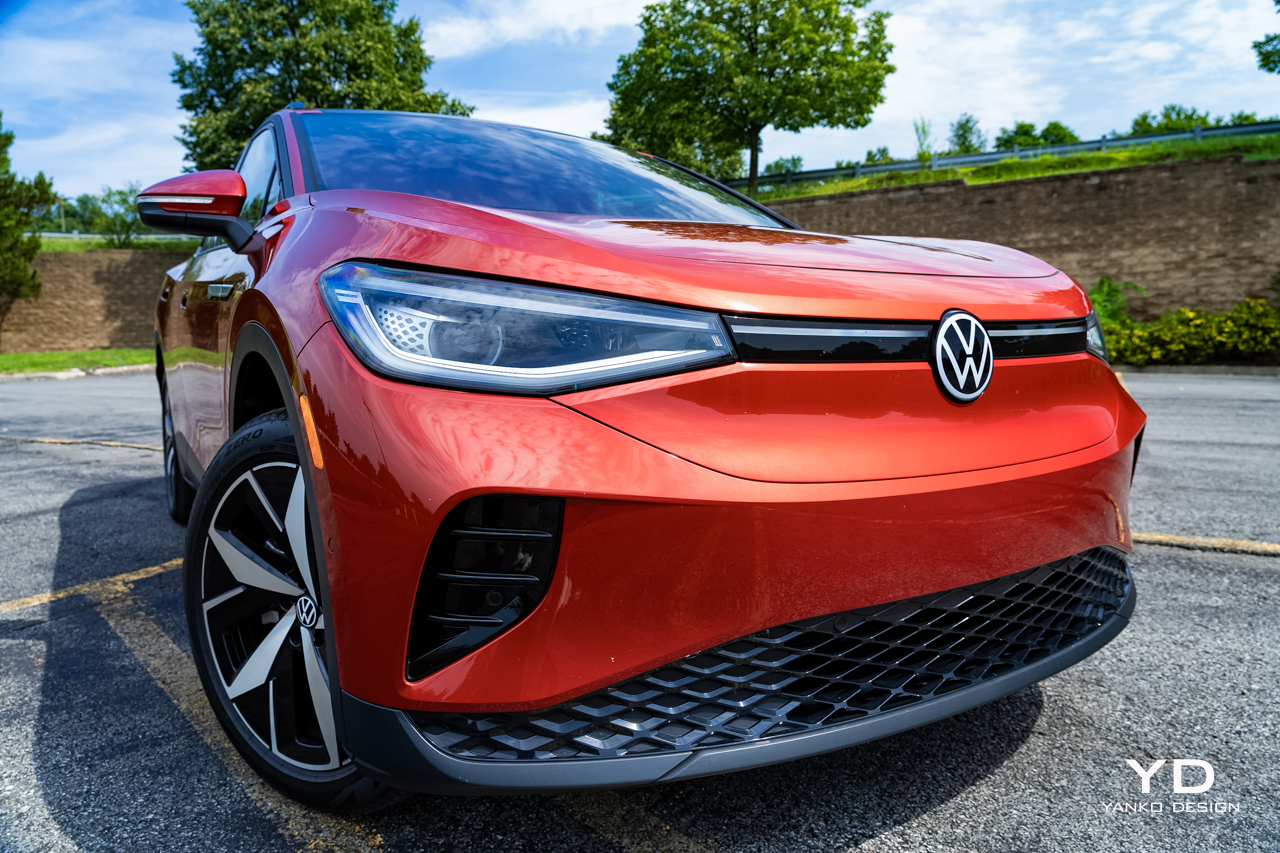

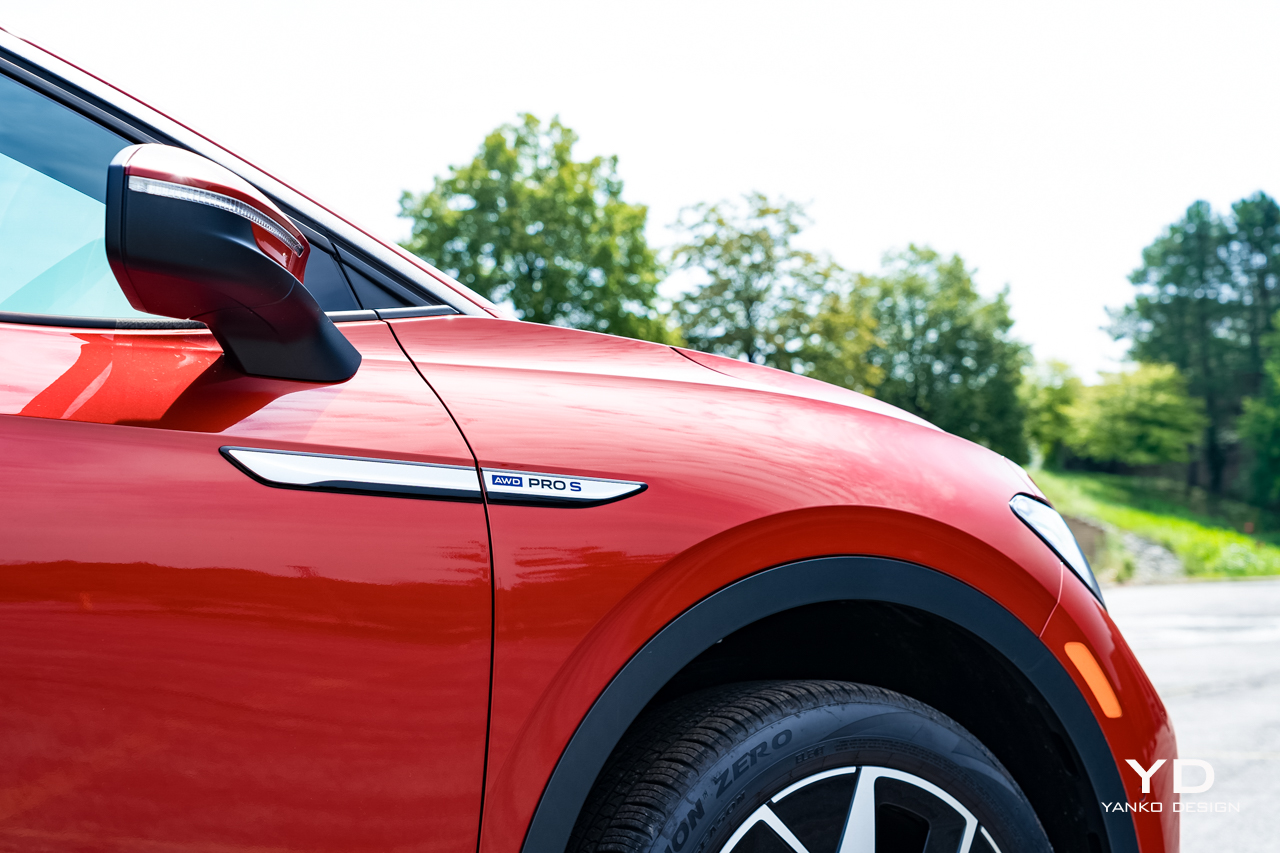
In fact, everything feels generously sized in here. There’s plenty of legroom and headroom in either the front or rear seats, while the hatch offers a healthy 30.3 cubic feet of cargo space, 64.2 if you drop the 60/40 split rear seats.
That hatch’s upright shape just makes loading cargo all the easier, and the hands-free operation is quick and easy, crucial when your arms are full with heavy groceries.
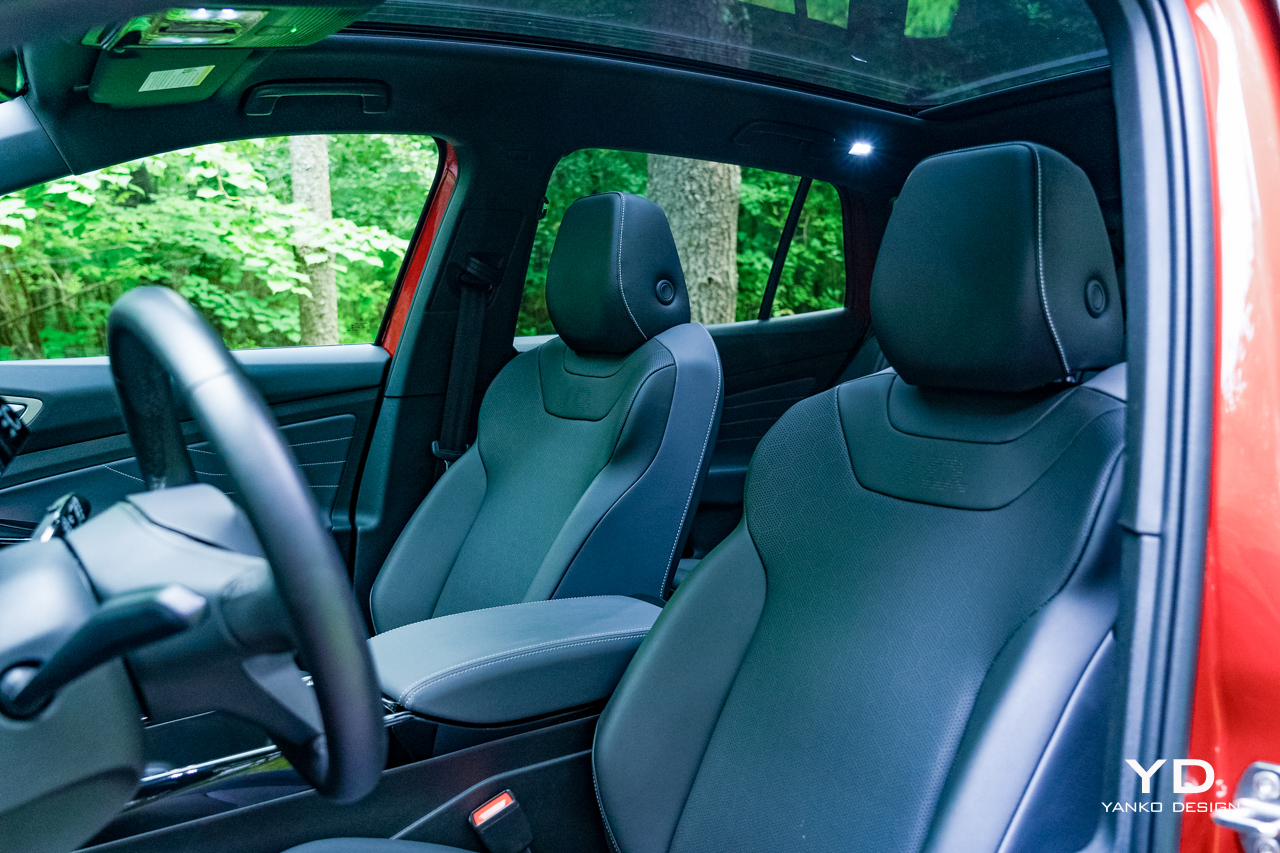
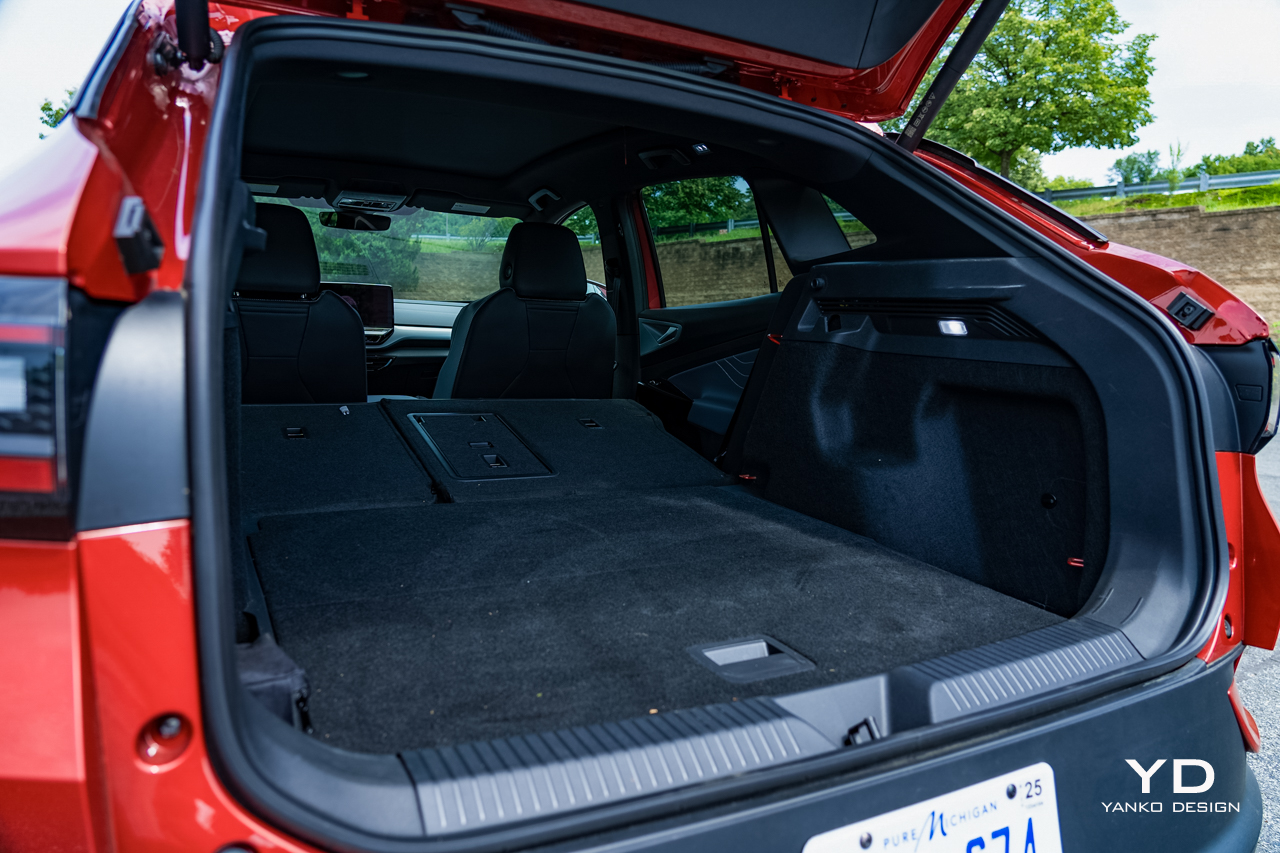
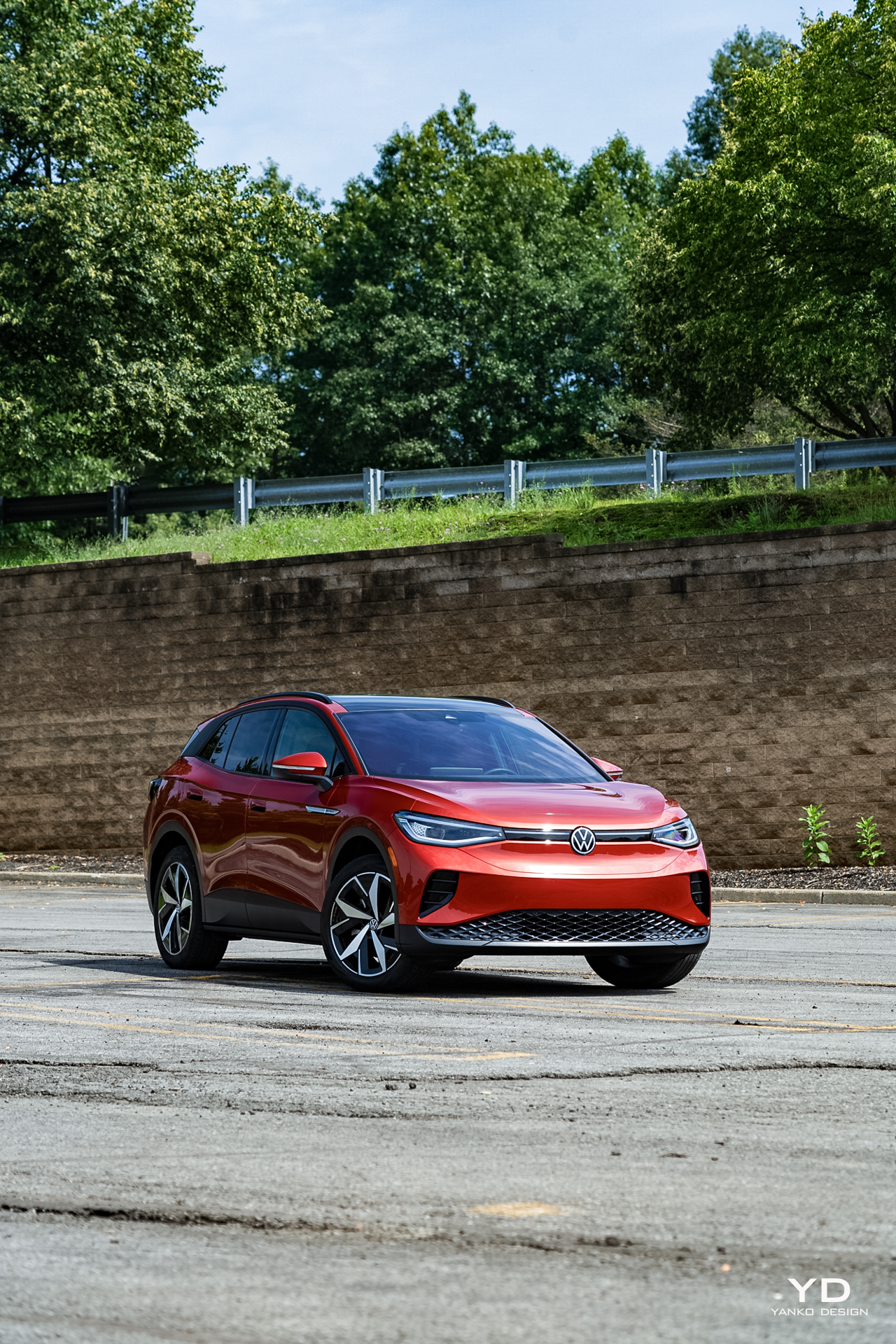
Technology and Safety
That’s perhaps the smallest bit of convenience tech found on the ID.4, including a climate control system smart enough to know what to do if you tell it your feet are cold. There’s an LED strip integrated below the windscreen used for signaling upcoming turns or active safety warnings. Sadly, though the tiny gauge cluster behind the steering wheel will pull turn information from Android Auto or Apple CarPlay (wirelessly, even), you have to use the ID.4’s clunkier, integrated nav if you want to make use of that LED light show.
That little gauge cluster measures just 5.3 inches and feels cramped at first, but you’ll quickly realize it has plenty of information. It’s mildly customizable, able to provide slightly more room for notifications from the adaptive safety system or for the navigation section.
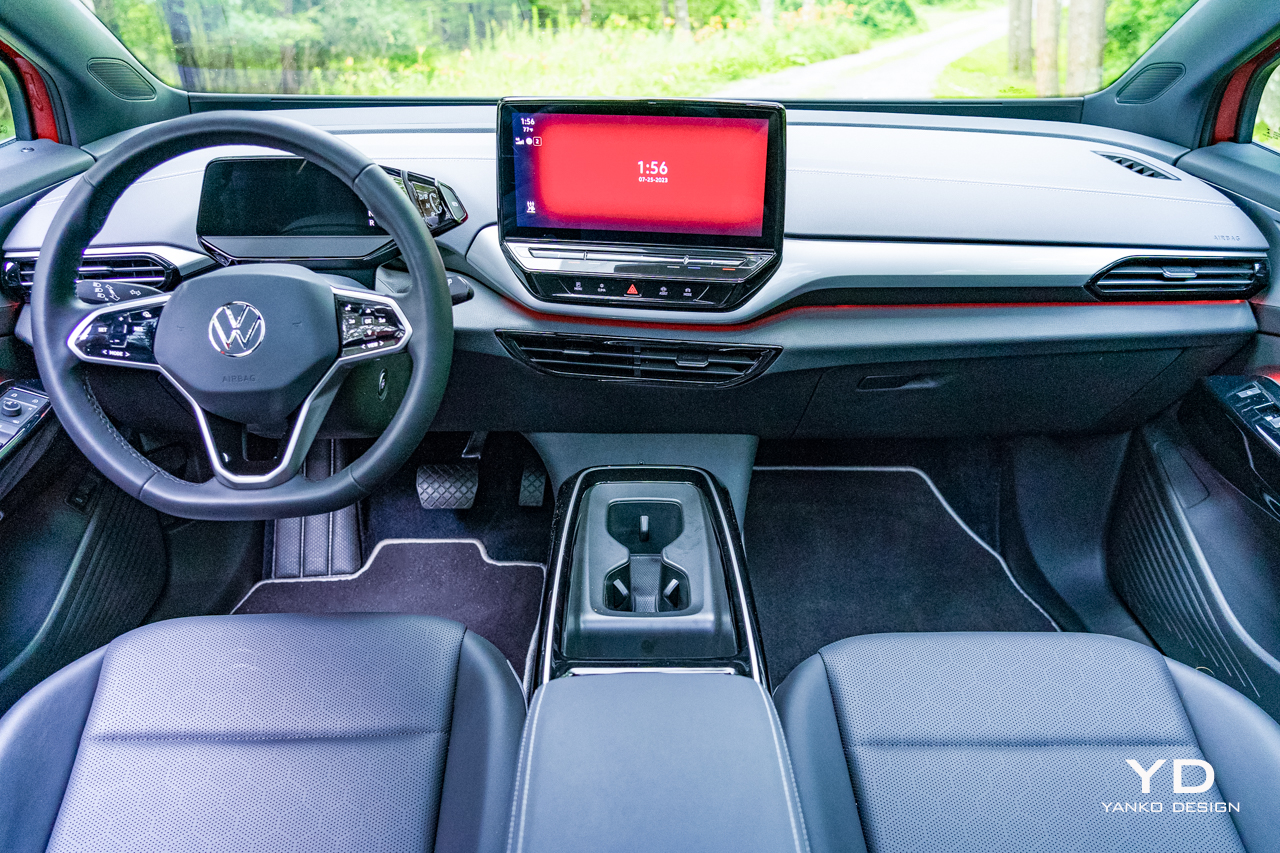
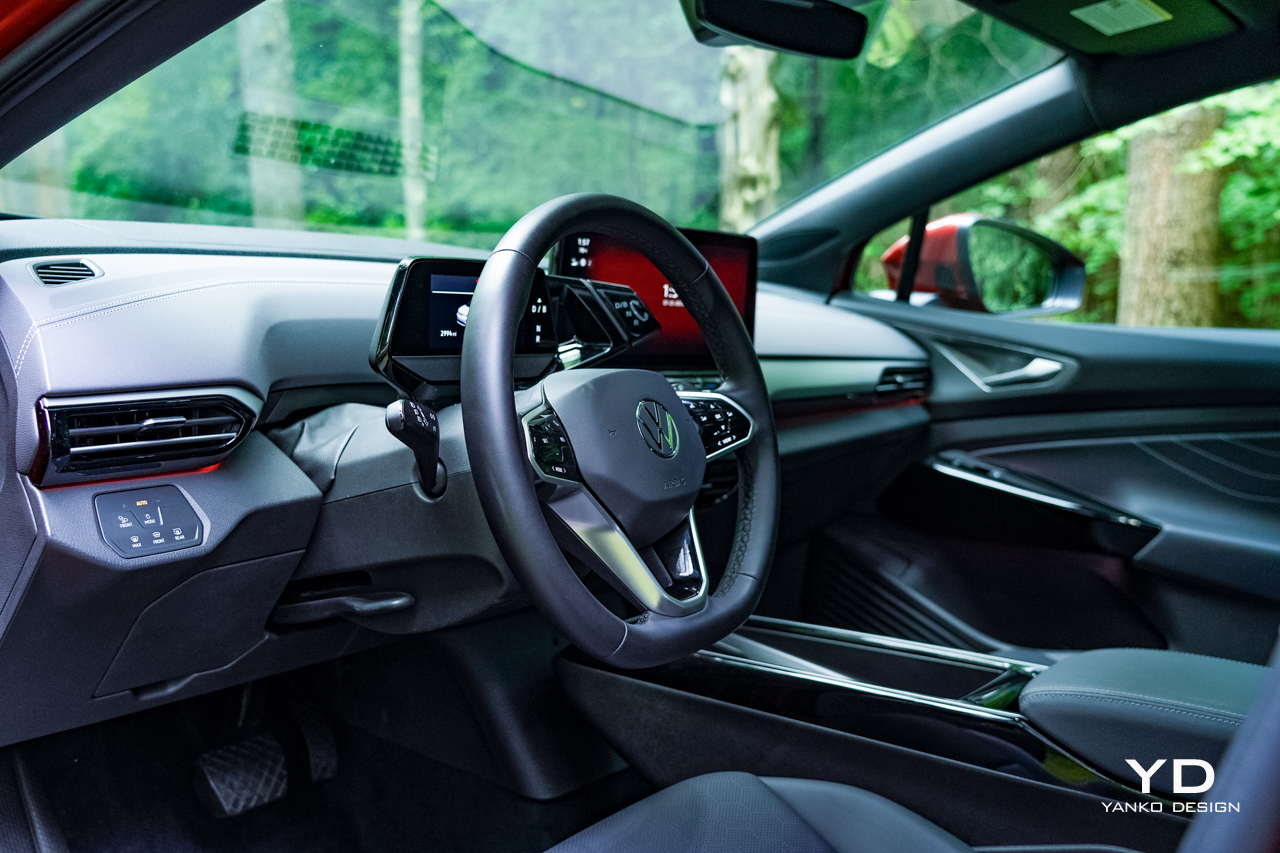
The bigger interface is the central, 12-inch display, running a user interface that feels a lot like an iPad rotated right 90 degrees. A home button sits on the left with two rows of icons on the right, through which you can swipe, tap, and drag. There are even simple widgets available, showing currently playing media and navigation information.
The interface is comprehensive and easy to use. It’s also a bit sluggish, but “a bit sluggish” is a noticeable improvement over the software that shipped initially on the ID.4.



Sadly, some other user experience aspects have not changed. The touch controls on the steering wheel ironically are still challenging to find by touch yet easy to find by accident. Likewise, there’s no volume knob to be found anywhere, which is a mark against by my book.
VW’s IQ.Drive safety system is present, including features like automatic emergency braking with pedestrian detection, blind-spot-monitoring and even Emergency Assist, which can safely stop the car in the case of a medical emergency.
The advanced lane-keep-assist system, Travel Assist, did a great job of keeping the car centered on the highway, modulating speed to match traffic. It’ll even handle lane changes for you automatically when you signal, but the feature is frustratingly slow to actually make the move. In the end I usually just completed the change myself.
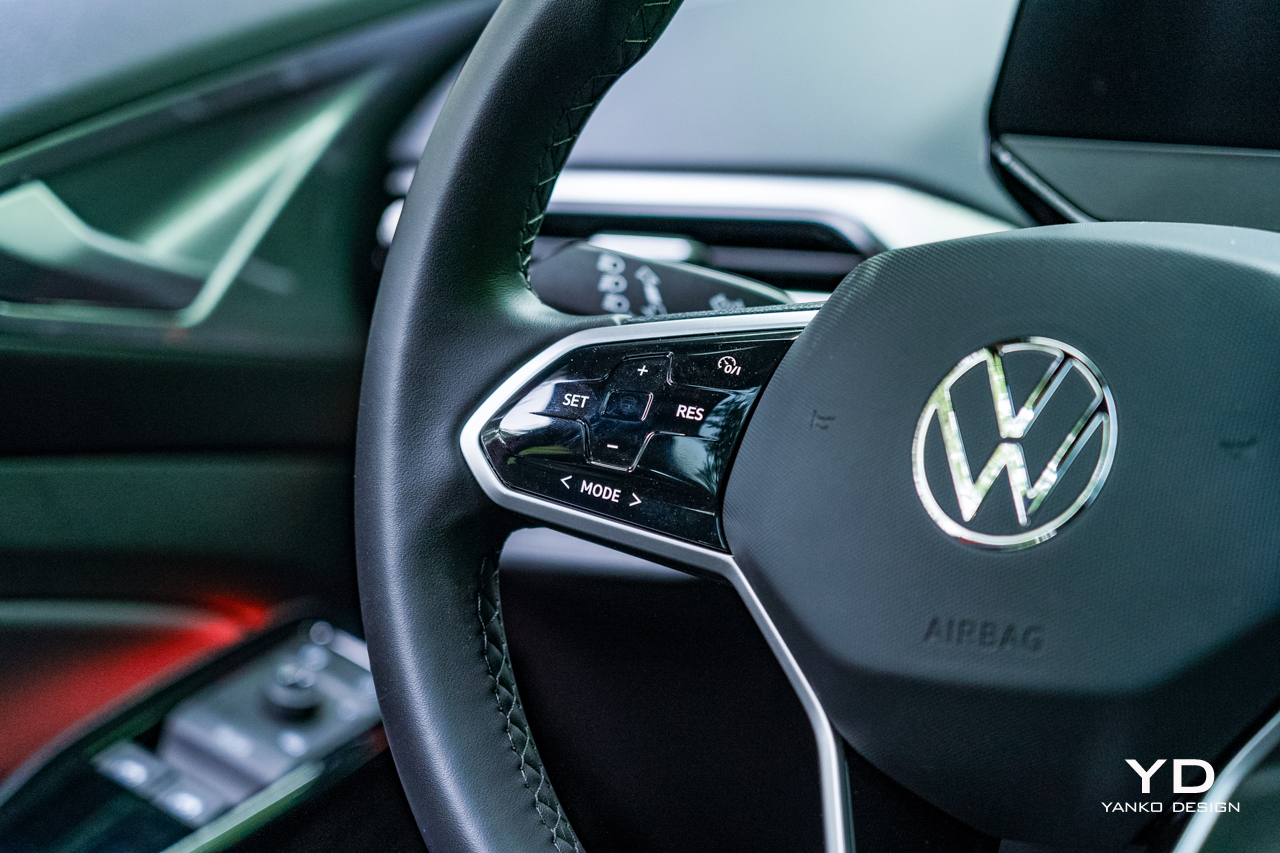

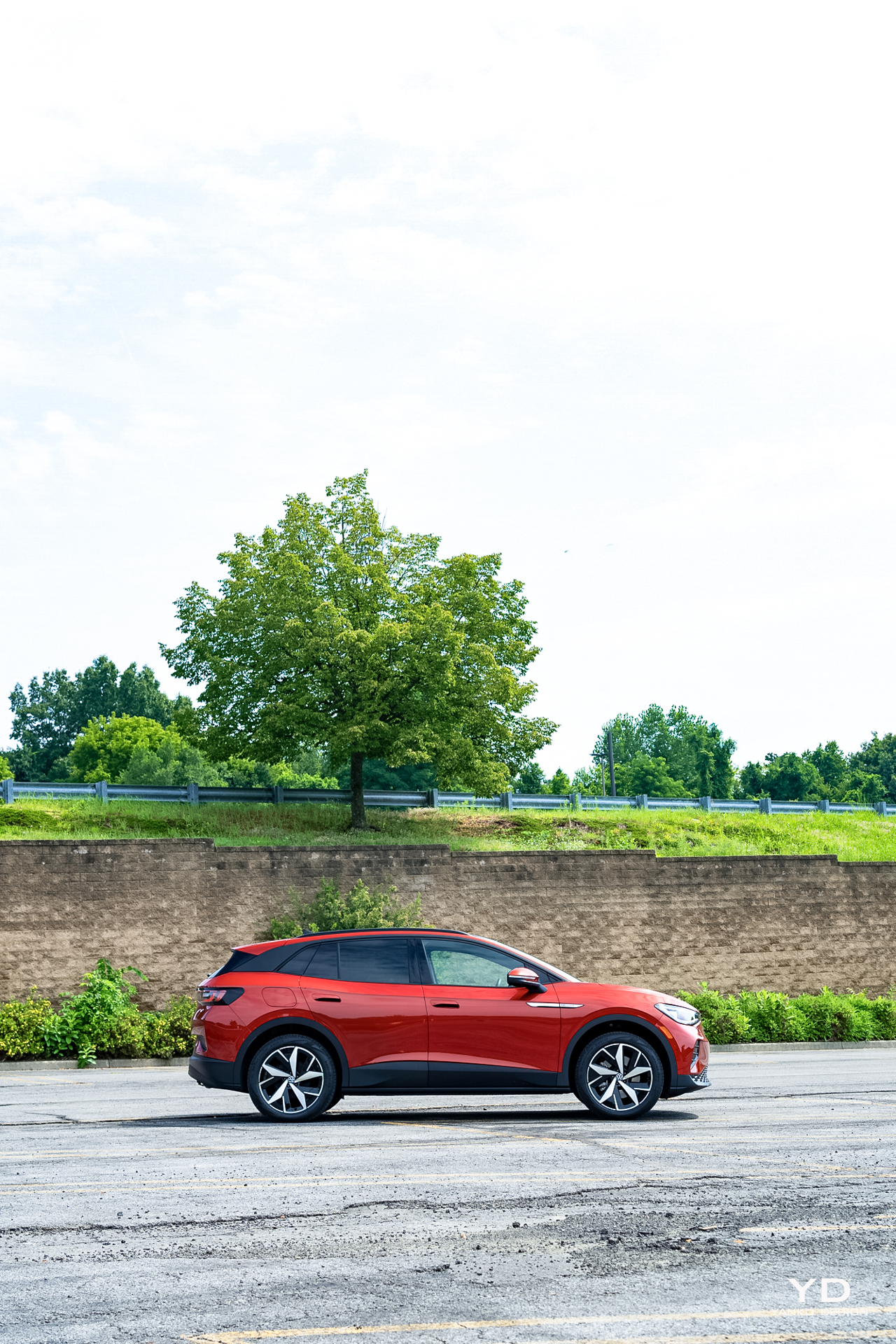
Punch It
While the ID.4 at launch was an easy car to like, its middling performance was something that made it a bit hard to love for many. The AWD Pro S fixes that with 295 hp and 339 pound-feet of torque, improvements of 94 and 100 respectively.
The base ID.4 feels quickish up to 30 and then sort of falls on its face at higher speeds. The AWD Pro S, however, pulls strongly up to 60 and has plenty of punch left even at highway speeds. Those with a heavy right foot will be chirping the tires when launching away from traffic lights and surging forward into gaps in traffic with ease.

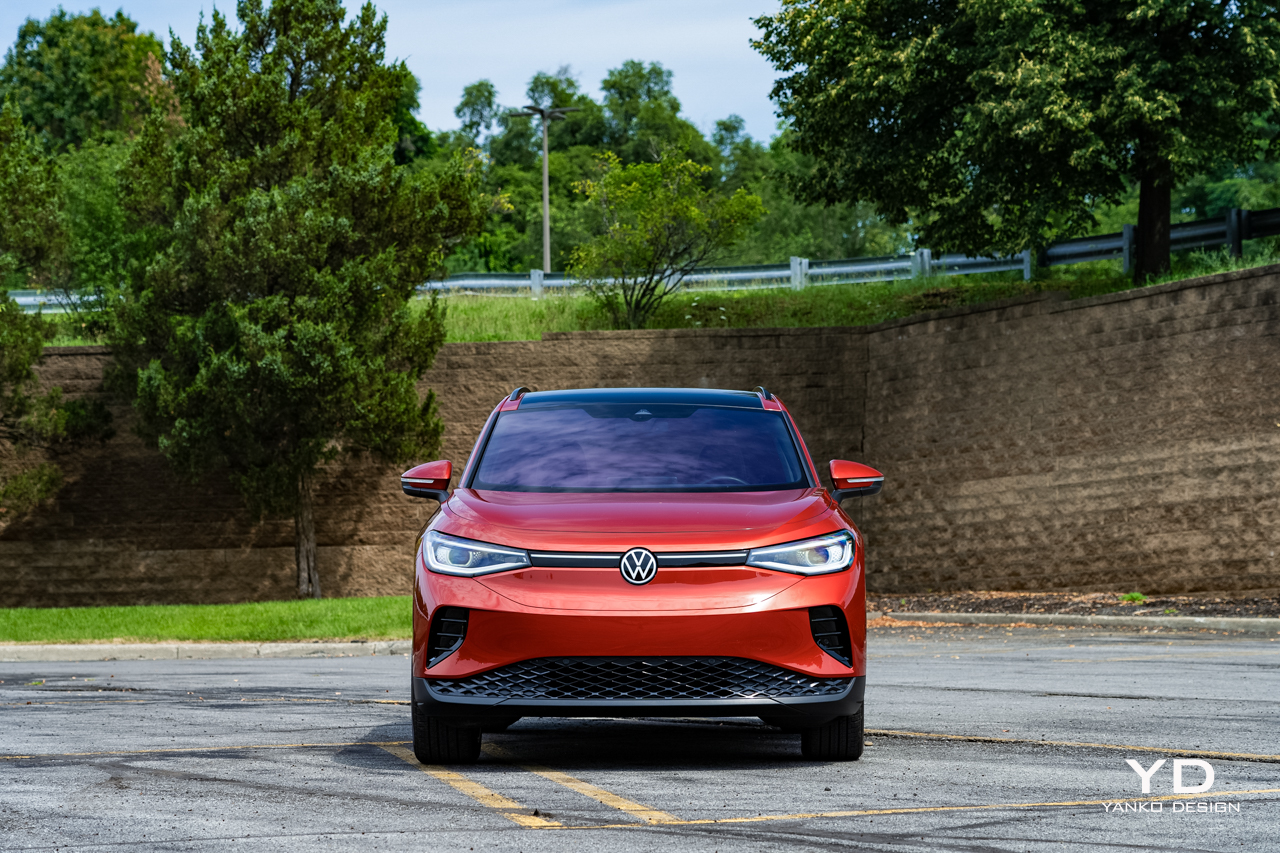
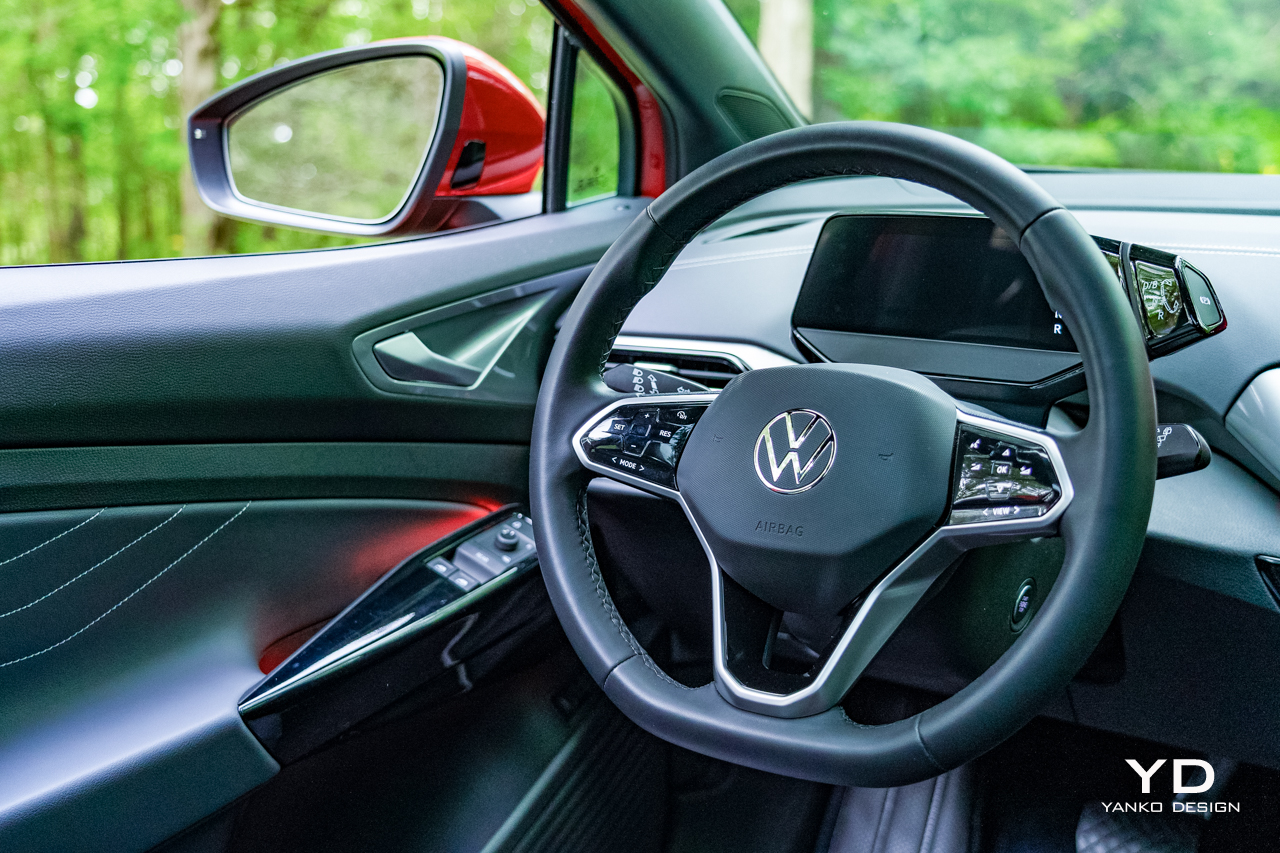
The only real fly in this ointment is what happens when you do chirp those tires. It’s actually quite easy to overcome the grip of the all-season Scorpion Zero tires, triggering the ID.4’s traction control system to sweep in like a giant wet blanket. Heaven forbid you begin even the tiniest of slides and the car completely cuts power for a solid two-count before re-enabling the right pedal.
I’m aware that very few ID.4 drivers are going to push their cars this hard, but I’m also disappointed that, given the wondrous ability to create advanced traction and stability control systems afforded to modern engineers by the instantly responsive electric powertrains, Volkswagen didn’t do something just a bit more subtle here. The result is a car that is engaging and fun until it suddenly very much is not.

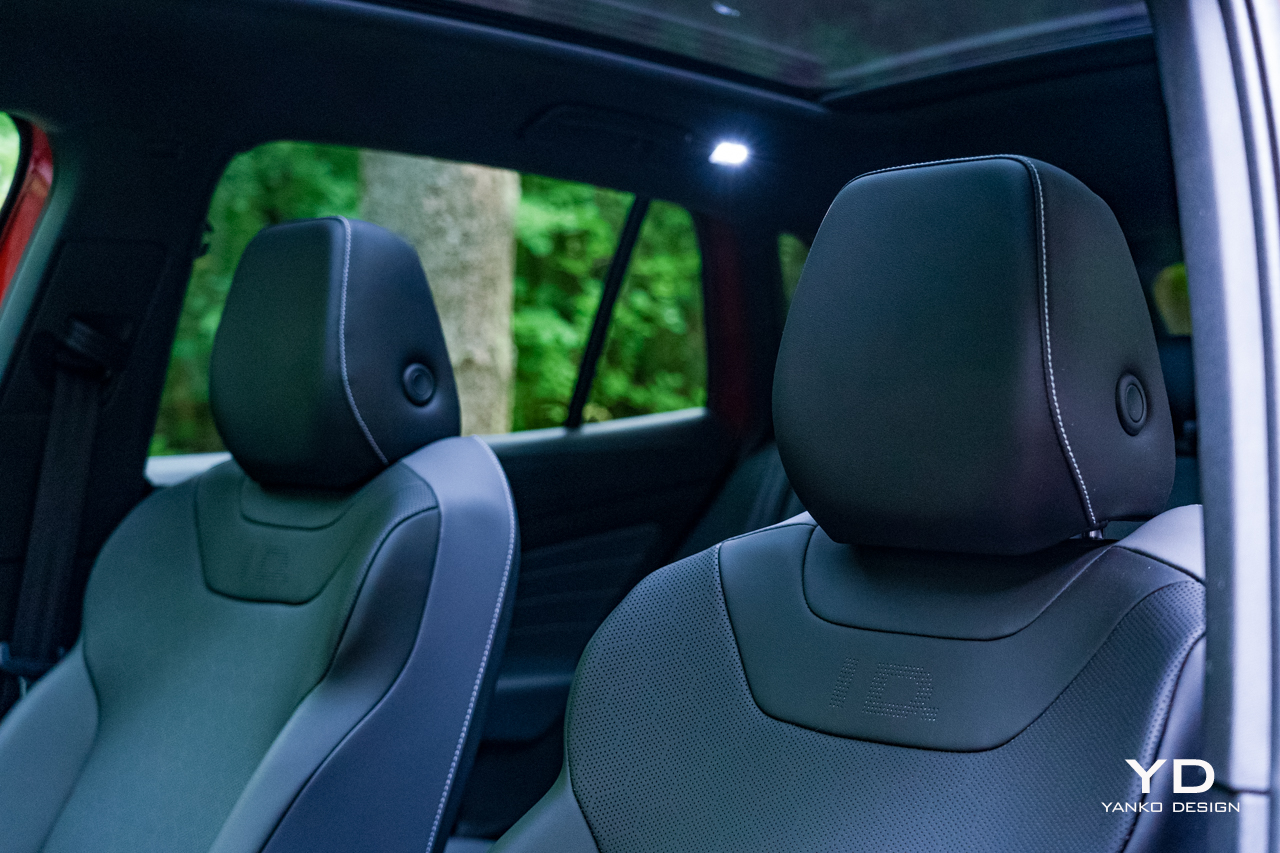
On the handling side, the ID.4 AWD Pro S is still tuned for comfort more so than cornering. Yes, it does just fine through twisty roads, even offering some surprisingly good steering feedback for a modern car, but the body roll and compliance are definite restrictions.
And that’s just fine. By prioritizing ride quality, ID.4 is able to soak up everything from road imperfections to railroad crossings without passing much of any disturbance into the cabin. It’s on another planet compared to the Tesla Model Y’s harsh, buzzy nature over bumps.
All the more reason to drive it calmly, when you’ll see the maximal range from your ID.4. The AWD Pro S is officially EPA-rated to do 255 miles on a charge. In my testing, I saw 3.4 miles per watt-hour, which works out to a theoretical maximum range of 262 miles from the 77 kWh of usable space in the battery.
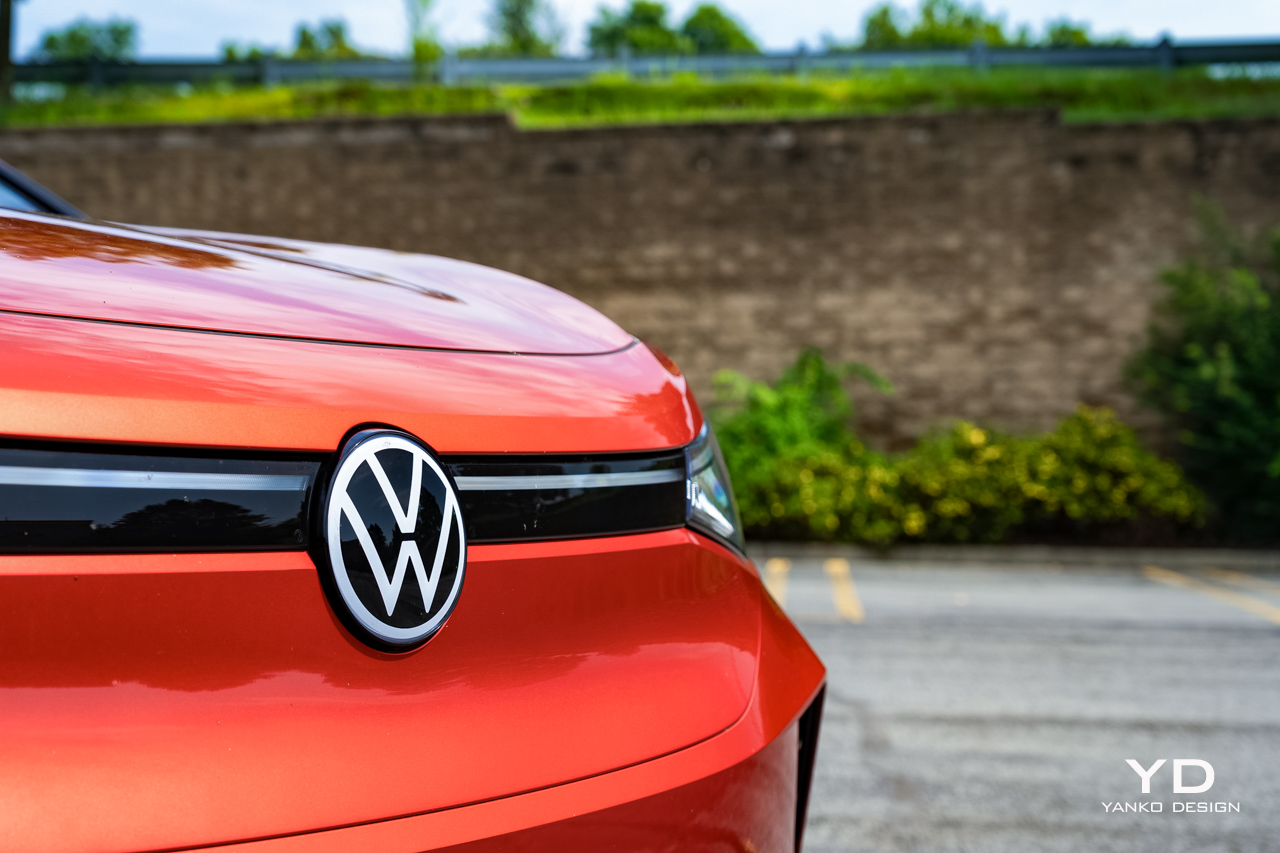

Options and Pricing
In the U.S., the Volkswagen ID.4 Standard starts at $38,995. But, if you want the extra power, range, and features of the AWD Pro S you’re looking at a minimum of $51,295.
You won’t need to spend much more than that, really. The car you see here had exactly one option: Aurora Red Metallic paint for a worthwhile $395. That’s one of just three real colors, the other two being shades of blue, along with two whites, a black, and a gray.
A somewhat lackluster palette for a genuinely impressive car. The ID.4’s second act proves Volkswagen means business when it comes to EVs, and with more range and power at a fair price, the ID.4 AWD Pro S is well worth including in your shopping list.
